As we step into 2025, the digital marketing landscape continues to evolve at an unprecedented pace. Faced with economic uncertainties and rapidly changing consumer behaviors, brands are gearing up to adapt, experiment, and achieve profitable growth. One of the most crucial elements in this journey will be mastering the art of privacy, and ensuring customer trust while leveraging data for targeted marketing.
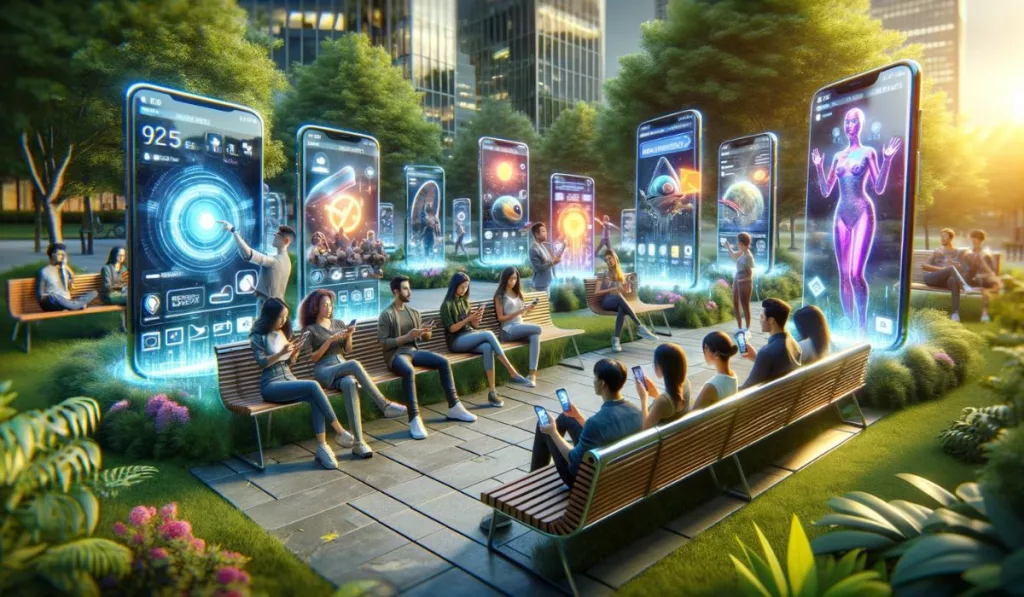
The rise of hyper-personalization stands out as a pivotal trend, emphasizing the delivery of content that resonates with the right audience at the right time. This nuanced approach to marketing, once impossible in the pre-data era, has now become a central strategy for businesses seeking relevance and timing in their campaigns.
Also have a look at: How To Start Digital Marketing From Home?
- Emerging Trends in Digital Marketing to Look For in 2025
- 1. The Social Media Shakeup
- 2. AI is Revolutionizing Digital Marketing
- 3. Influencer Marketing’s Growing Role
- 4. Personalized and Customized Marketing
- 5. Short-form video and Live Video Content
- 6. The Rise of Mindful Marketing:
- 7. Google Analytics 4 (GA4) in Digital Marketing
- 8. WhatsApp Marketing
- 9. App Marketing 3.0: Driving In-App Actions
- 10. The Metaverse and the Immersive Web
- Top Digital Marketing Trends That Will Boom in Coming Years
- The Role of Technology in Upcoming Digital Marketing Landscape
- How Businesses Will Cope With The Latest Trends In Digital Marketing In 2025?
- Final Words
Emerging Trends in Digital Marketing to Look For in 2025
Let’s look at the emerging and specific trends shaping the digital marketing landscape for 2025 and beyond:
1. The Social Media Shakeup
Remember when everyone was on X? Well, things have changed.
- BlueSky and Threads are gaining traction: Tired of the chaos on X? You’re not alone. Many users are flocking to these newer platforms, drawn by features like ad-free experiences, better content control, and a focus on community.
- Pro Tip for Brands: Keep an eye on Threads. With its massive user base and focus on engaging content, it has the potential to become a major player.
- Employee-Generated Content (EGC) is King: People trust people. That’s why EGC is taking center stage.
- LinkedIn is the EGC powerhouse: This platform is perfect for employees to share their expertise and build brand credibility.
- Transparency matters: Consumers want to know the real people behind the brand. EGC helps build trust and authenticity.
- Multi-Channel Social Media Marketing: It involves leveraging various social media platforms like Facebook, Instagram, X, and Threads tailoring content for unique demographics on each.
- Key Aspects: Marketers must ensure consistent branding while customizing content for each platform. Using data-driven insights helps optimize campaigns and foster real-time customer interaction.
2. AI is Revolutionizing Digital Marketing
- Search is smarter than ever: Google Search is no longer just about typing keywords. Now, you can search with images, voice, and even AI-powered overviews.
- Meet your new “Chief Simplifier Officer”: AI Agents. These intelligent systems can streamline complex tasks, making data analysis and workflow management a breeze.
- Shoppable video is the future: Consumers are increasingly influenced by what they see online. Shoppable videos make it easy to convert viewers into customers.
- Then comes Generative AI. It refers to advanced algorithms capable of autonomously creating content, including text, images, and videos.
- Impact: It revolutionizes content creation by tailoring it to specific demographics, significantly enhancing personalization and engagement. This AI technology streamlines the creative process, allowing marketers to produce diverse and high-quality assets efficiently.
- Benefits: It optimizes ad targeting, improving campaign efficiency and maximizing return on investment. Embracing Generative AI provides a strategic advantage in innovation and efficiency.
3. Influencer Marketing’s Growing Role
Influencers are crucial in shaping consumer purchase decisions, especially in sectors like personal care, food, fashion, and electronics. Brands collaborate with influencers to forge authentic connections with audiences through relatable content.
What is in Influencer Marketing For the Future?
- Multiplatform Creator Loyalty: Influencers are active on various platforms, leading their fans to follow them everywhere. This builds strong, continuous relationships across different social media channels. NFT influencer marketing is also getting light.
- Live Shopping in Influencer Campaigns: Platforms like Facebook and Instagram are introducing live shopping features. Influencers can now sell products live, making shopping more interactive and personal.
- Rise of Diversity & Inclusion: Diversity is key. For example, LGBTQ+ influencers with substantial followings highlight the growing importance of diverse voices in influencer marketing.
- Performance-based Deals: Now, many influencer agreements are based on performance, like sales or engagement, making influencers more accountable and result-oriented.
- Short Videos Dominate Content: Short, engaging videos are becoming the preferred content format, perfect for today’s brief attention spans and ideal for influencers to quickly capture their audience’s interest.
This trend is beneficial not only for brands but also for influencers, who are increasingly viewed as professionals. It also helps consumers find products at the best prices, enhancing the value of brand-consumer relationships.
4. Personalized and Customized Marketing
Marketers use AI to create highly personalized website experiences, product recommendations, and content based on user behaviour and preferences.
- Techniques: This includes customizing email campaigns, pop-ups, and in-app advertisements to individual consumer behaviors and tastes.
- Consumer Response: There’s a growing consumer demand for personalized experiences. People are willing to spend more on products that align with their preferences, making personalization a key element in digital marketing strategies.
5. Short-form video and Live Video Content
With dwindling attention spans, short, targeted, and engaging video content is becoming more crucial. This includes bumper ads, which are concise yet powerful advertisements.
- Future Strategy: Content marketing strategies should continue to focus on live video, which is expected to remain impactful into 2025 and beyond.
6. The Rise of Mindful Marketing:
- Prioritize customer well-being: Build trust and loyalty by putting customer needs first and avoiding overwhelming them with information.
- Decision fatigue is real: Consumers are overwhelmed by information. Mindful marketing focuses on delivering relevant experiences that respect their time and attention.
7. Google Analytics 4 (GA4) in Digital Marketing
GA4 leverages audience insights for targeted remarketing in Google Ads, optimizing campaigns for superior performance.
- Privacy Focus: It operates independently of cookies, complies with GDPR, and avoids storing IP addresses, thus prioritizing user privacy.
- Features: GA4 introduces predictive metrics and customizable events to track specific interactions, enabling improved cross-device tracking and precise targeting across platforms.
8. WhatsApp Marketing
WhatsApp Business is becoming a significant force in digital marketing.
- Strategies for WhatsApp Marketing
- Utilize media-rich messages for product awareness (top of funnel).
- Employ personalized messages and offers for lead nurturing (middle of funnel).
- Use reminders for cart abandonment and remarketing ads for guiding users back (bottom of funnel).
- Advantages: The “click to WhatsApp” ads feature extends ad reach across Facebook and Instagram, fostering user-initiated conversations and personalized messaging.
9. App Marketing 3.0: Driving In-App Actions
- AI is your secret weapon: Utilize AI-powered features to enhance the user experience and guide users towards desired actions.
- Beyond downloads: The focus is shifting from simply getting people to download your app to driving valuable in-app actions, like purchases and subscriptions.
10. The Metaverse and the Immersive Web
- New Marketing Opportunities: The metaverse offers exciting new avenues for brands to engage with customers through immersive experiences, virtual product launches, and interactive brand activations.
- Beyond Gaming: While still in its early stages, the metaverse is evolving beyond gaming. Expect to see increased applications in areas like virtual events, remote collaboration, e-commerce, and even education.
- Immersive Experiences: Immersive technologies like virtual reality (VR), augmented reality (AR), and mixed reality (MR) will become more integrated into our daily lives. Imagine trying on clothes virtually, taking virtual tours of properties, or receiving personalized product demonstrations through AR.
Also have a look at Top 30 Apps for WhatsApp to Try
These emerging and specific trends highlight a dynamic shift towards more personalized, AI-driven, and multi-platform strategies in digital marketing. The focus on short-form content, influencer marketing, and enhanced data security underscores the industry’s adaptability to consumer preferences and technological advancements.
Top Digital Marketing Trends That Will Boom in Coming Years
As technology advances and consumer behaviors shift, new trends emerge, shaping the future of digital marketing. From the integration of cutting-edge artificial intelligence to the creative uses of augmented reality, these emerging trends are not just reshaping marketing strategies but are also setting the stage for a more interactive and personalized digital experience. In this section, we’ll explore eight key digital marketing trends that are poised to make a significant impact in the coming years. These insights will help businesses and marketers understand what to expect and how to adapt their strategies for success in the digital world.
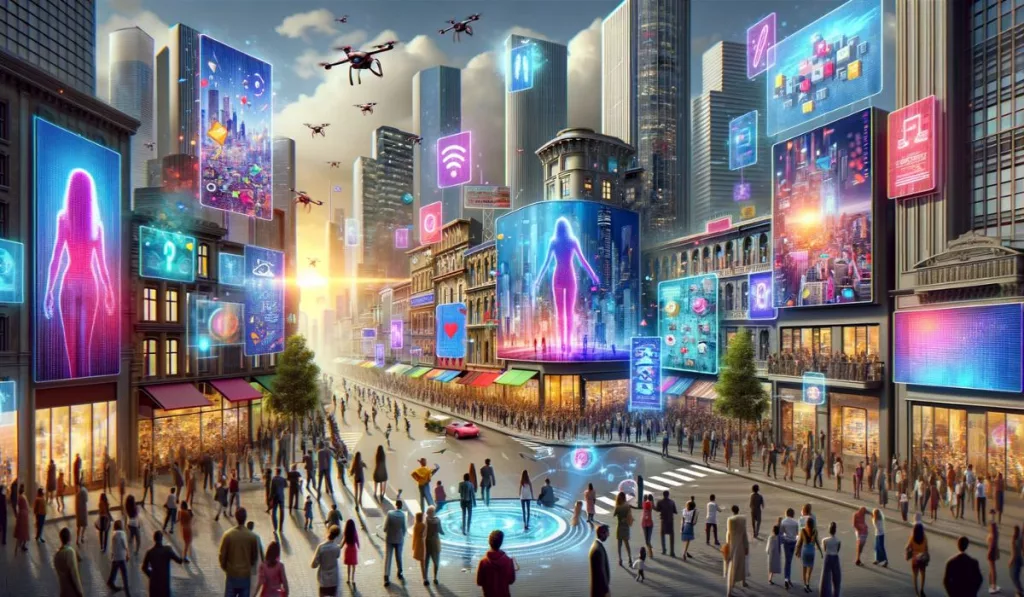
1. Artificial Intelligence and Machine Learning
Artificial Intelligence (AI) and Machine Learning are revolutionizing digital marketing through personalized customer experiences, predictive analytics, and automated decision-making.
2. Voice Search Optimization
Optimizing for voice search is becoming essential with the rise of smart speakers and voice assistants. This involves adapting SEO strategies to include conversational keywords.
3. Video Marketing
Video content, including short-form videos, live streaming, and interactive videos, is an engaging way to connect with audiences and enhance brand visibility.
4. Influencer Marketing
Influencer marketing now focuses more on partnerships with micro-influencers who have highly engaged niche audiences, offering authenticity and higher engagement rates.
5. Augmented Reality (AR) Experiences
AR provides unique and immersive experiences, allowing brands to offer virtual try-ons, interactive ads, and enhanced online shopping experiences.
6. Social Commerce
Social media platforms are evolving into shopping channels, with features like shoppable posts and stories simplifying the buying process for users.
7. Beacon Technology Uses in Digital Marketing
Beacon technology is becoming a game-changer, enabling location-based marketing that enhances customer engagement through personalized and timely push notifications.
8. Data-Driven Digital Marketing
Emphasizing data-driven strategies, marketers are leveraging analytics and customer data to make informed decisions, tailor marketing efforts, and improve ROI.
The Role of Technology in Upcoming Digital Marketing Landscape
Technology isn’t just a tool; it’s the heartbeat of Digital Marketing. This dynamic duo has revolutionized how we connect with audiences, understand consumer behavior, and deliver personalized experiences. From the power of social media to the insights of data analytics, technology in digital marketing opens a world of endless possibilities. It’s a thrilling journey where creativity meets innovation, transforming the way brands interact with their customers and shape their digital presence.
Transforming Communication: Social Media & Email Marketing
Imagine a world where your brand’s voice can reach millions in seconds! That’s Social Media for you. Platforms like Facebook, Instagram, and Twitter have revolutionized how we connect with audiences. They allow targeted advertising, real-time feedback, and the creation of engaging content that resonates with users.
Email Marketing is another gem. It’s like sending a personalized invitation to your audience’s inbox. With technology, we can automate these emails, segment audiences, and track engagement to refine future campaigns.
Understanding Your Audience: Analytics & SEO
Ever wondered how to read your audience’s mind? Here comes Analytics! Tools like Google Analytics provide insights into user behavior, preferences, and engagement patterns. This data is gold for tailoring marketing strategies.
And there’s SEO (Search Engine Optimization). It’s like a magnet that pulls your website to the top of search engine results. By understanding and applying SEO tactics, businesses ensure they’re found by the right people at the right time.
Creating Immersive Experiences: AR & VR
Augmented Reality (AR) and Virtual Reality (VR) are not just sci-fi concepts anymore. They are creating immersive and interactive experiences. Imagine trying on clothes virtually or touring a property from your couch. That’s engaging marketing for you!
Personalization at Its Best: AI & Machine Learning
Artificial Intelligence (AI) and Machine Learning are the new-age wizards. They help in creating personalized user experiences. AI can analyze data to predict customer preferences, automate responses, and even personalize website content in real-time.
The Power of Content: Blogs & Video Marketing
Let’s not forget the power of content. Blogs are an excellent way for businesses to share knowledge, build authority, and improve SEO. Meanwhile, Video Marketing has taken the internet by storm. It’s engaging, shareable, and can convey complex messages in a simple and visually appealing way.
Efficiency Unleashed: Automation & Chatbots
Automation in digital marketing means more efficiency and less manual work. From scheduling social media posts to triggering email campaigns, it’s all streamlined. Chatbots have joined this party too, providing instant customer service and engagement.
The Future is Now: 5G & IoT
And finally, 5G and the Internet of Things (IoT) are setting the stage for an even more connected and instantaneous world. This will transform how we access information, engage with brands, and experience marketing.
How Businesses Will Cope With The Latest Trends In Digital Marketing In 2025?
In 2025, businesses are navigating new trends in digital marketing with strategies that include:
- Adapting to AI and Automation: Implementing artificial intelligence in marketing campaigns for efficiency and innovation.
- Leveraging Data Analytics: Using big data to gain deeper customer insights and personalize marketing efforts.
- Embracing the Metaverse: Exploring advertising opportunities and challenges in virtual and augmented reality.
- Navigating Privacy Changes: Adapting to new data privacy regulations to maintain customer trust and compliance.
- Content Marketing Evolution: Aligning marketing strategies with changing content consumption patterns.
- Social Media Dynamics: Keeping up with emerging platforms and trends in social media marketing.
- Interactive and Immersive Experiences: Engaging customers with cutting-edge interactive technologies.
- Mobile-First Approach: Prioritizing mobile marketing to capitalize on smartphone usage trends.
- Cross-Channel Marketing Integration: Creating cohesive marketing strategies across various digital channels.
- Chatbots and Customer Service Automation: Using automated solutions to enhance customer engagement.
- Predictive Analytics and Customer Behavior: Employing predictive models to anticipate market trends and customer preferences.
Final Words
Looking towards the trends in digital marketing in 2025 and beyond, it’s evident that embracing technological advancements and understanding the evolving customer landscape is key to staying competitive. The integration of AI in search engine optimization, personalized content strategies, and the utilization of first-party data for ad targeting is becoming more prevalent. As part of this progression, we’re also witnessing a significant shift towards voice search optimization, catering to the growing reliance on voice assistants like Siri and Alexa. Businesses that successfully navigate these trends will not only survive but thrive in the dynamic digital marketing ecosystem of 2025

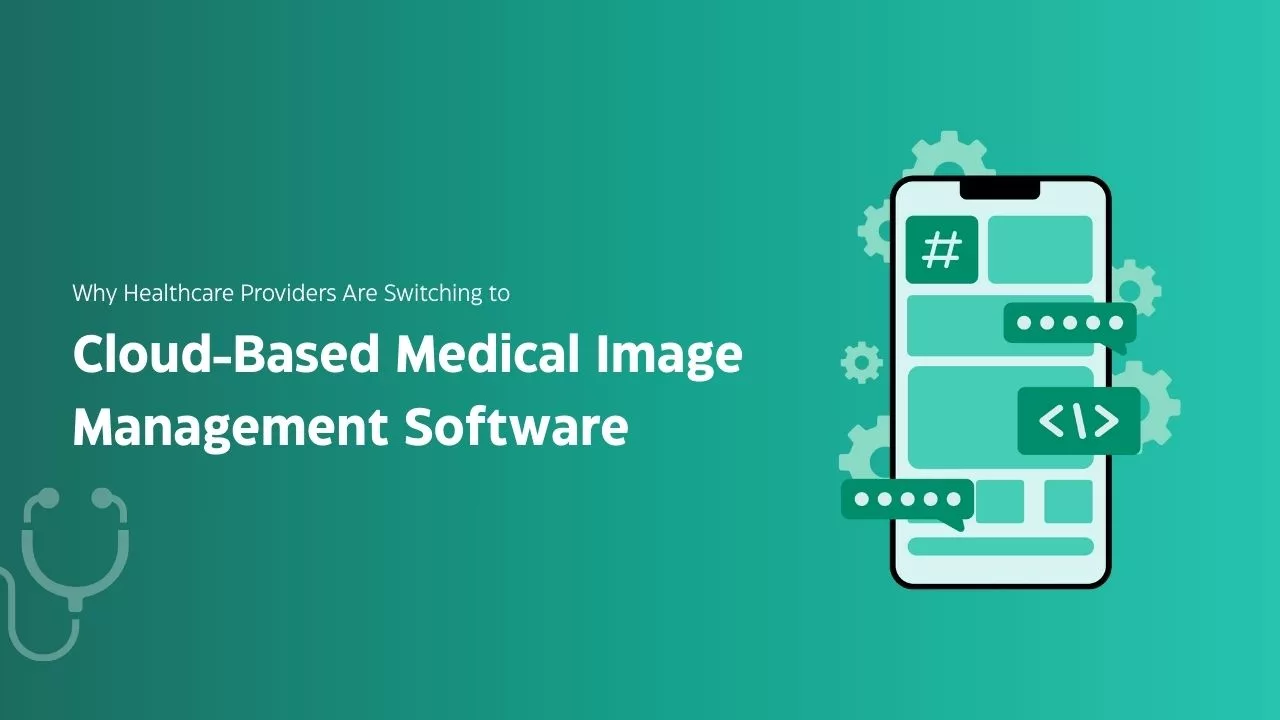



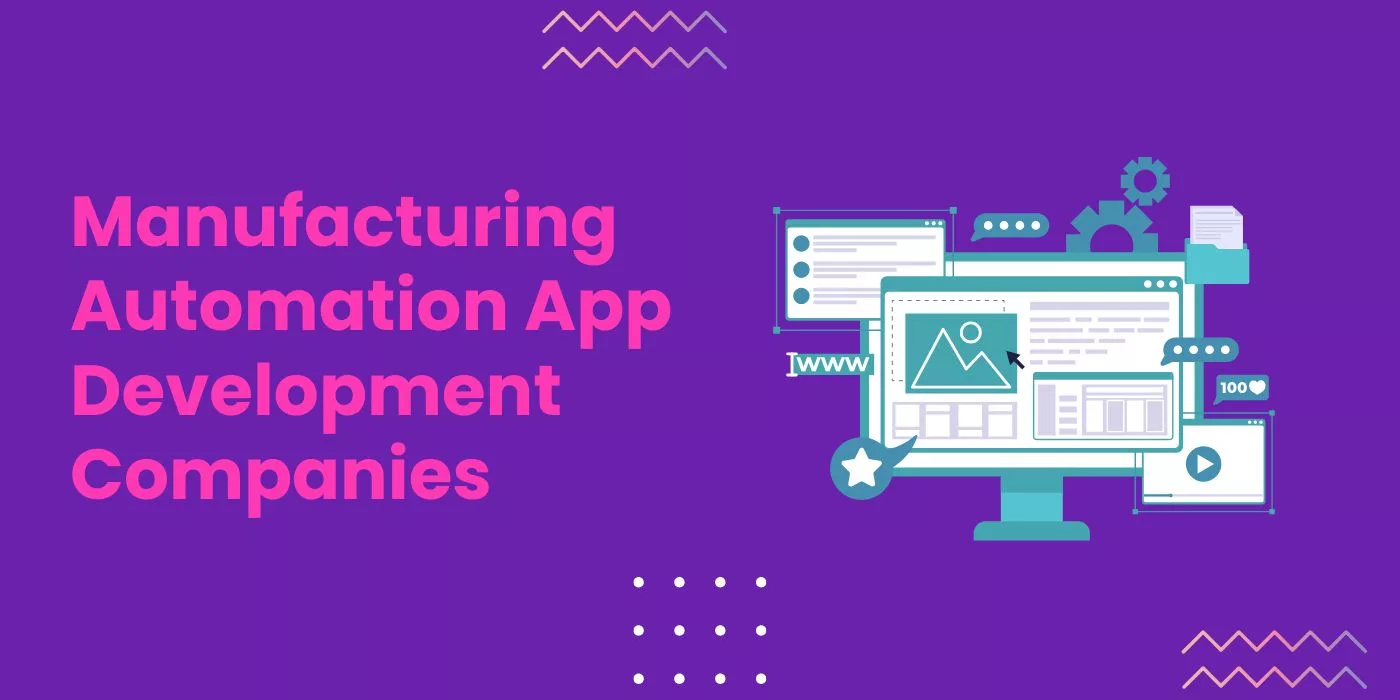
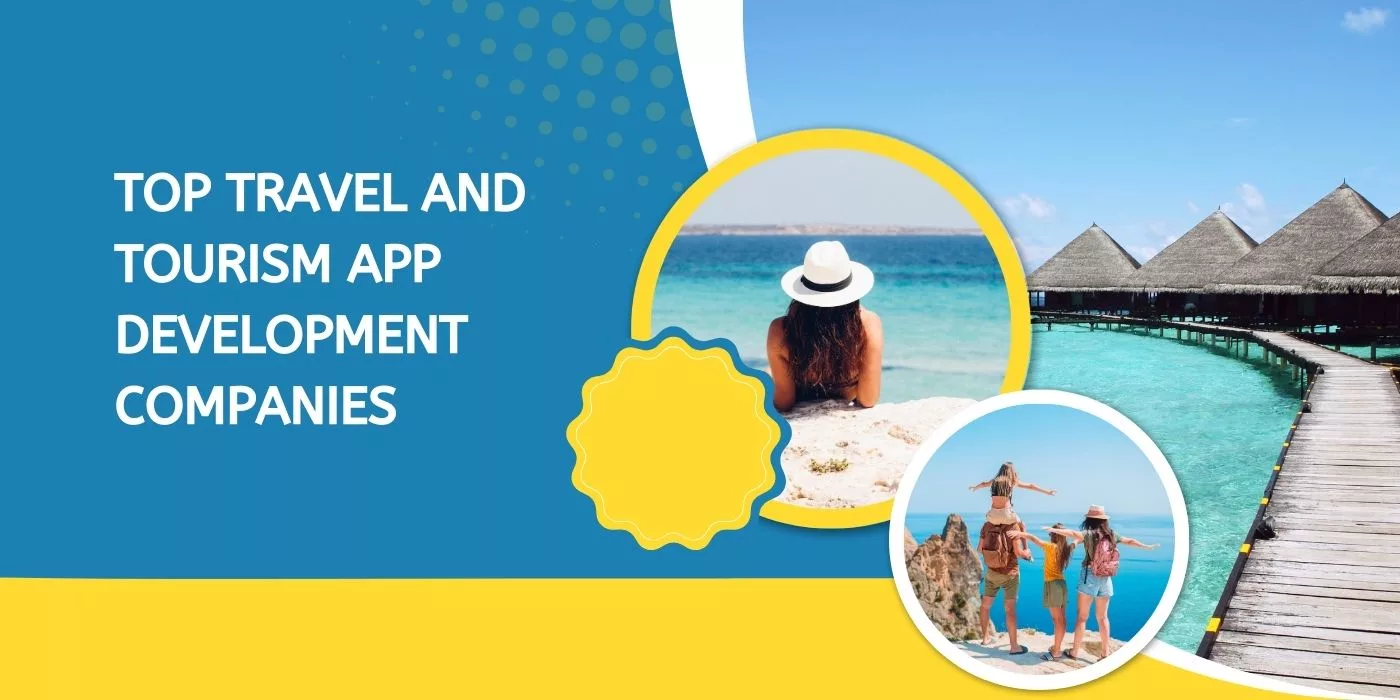
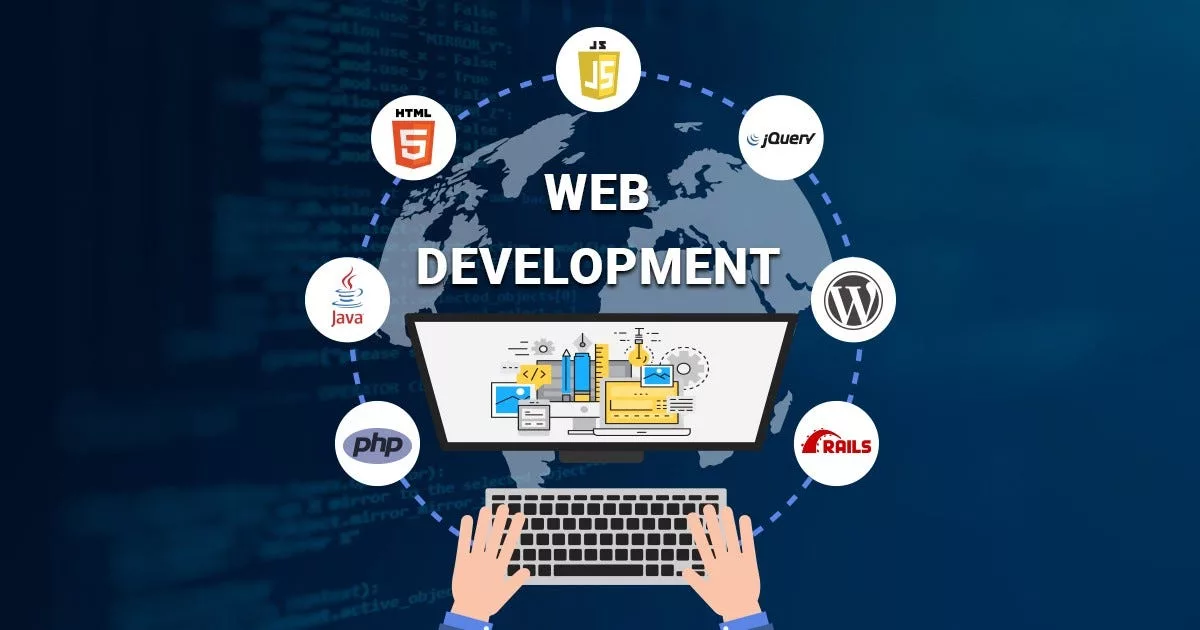
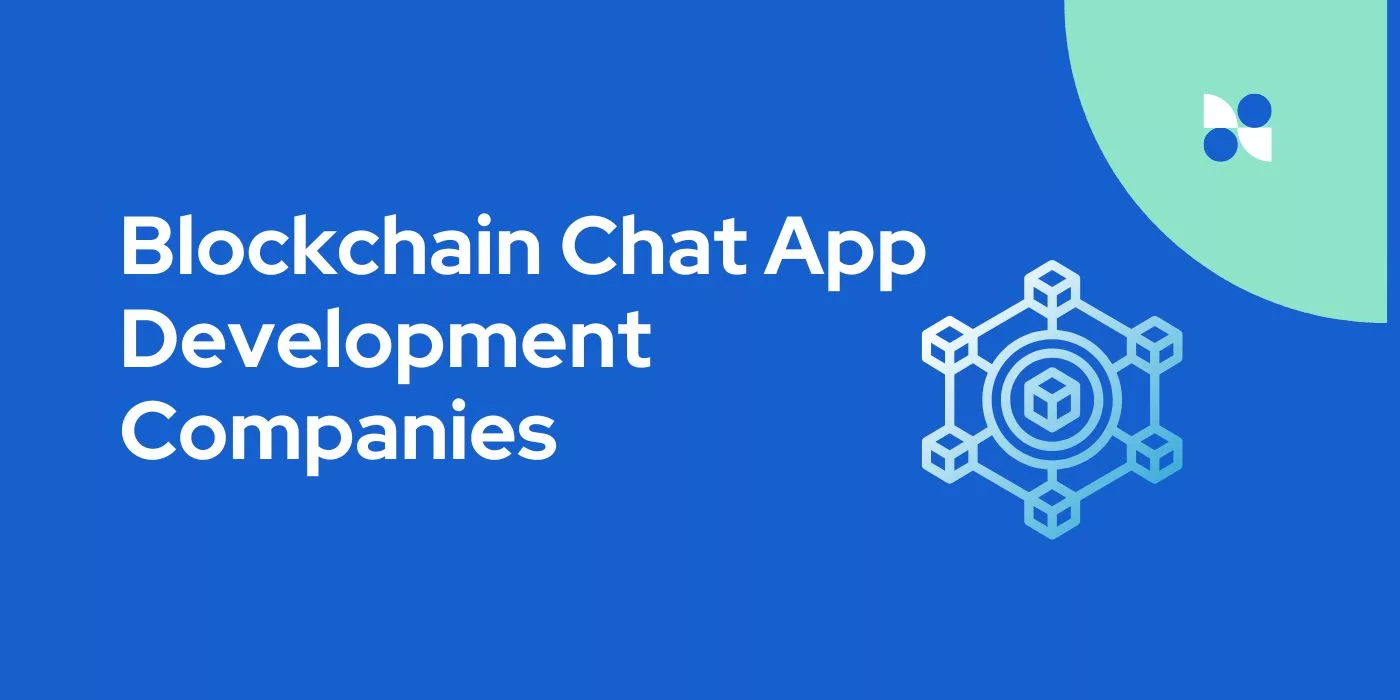
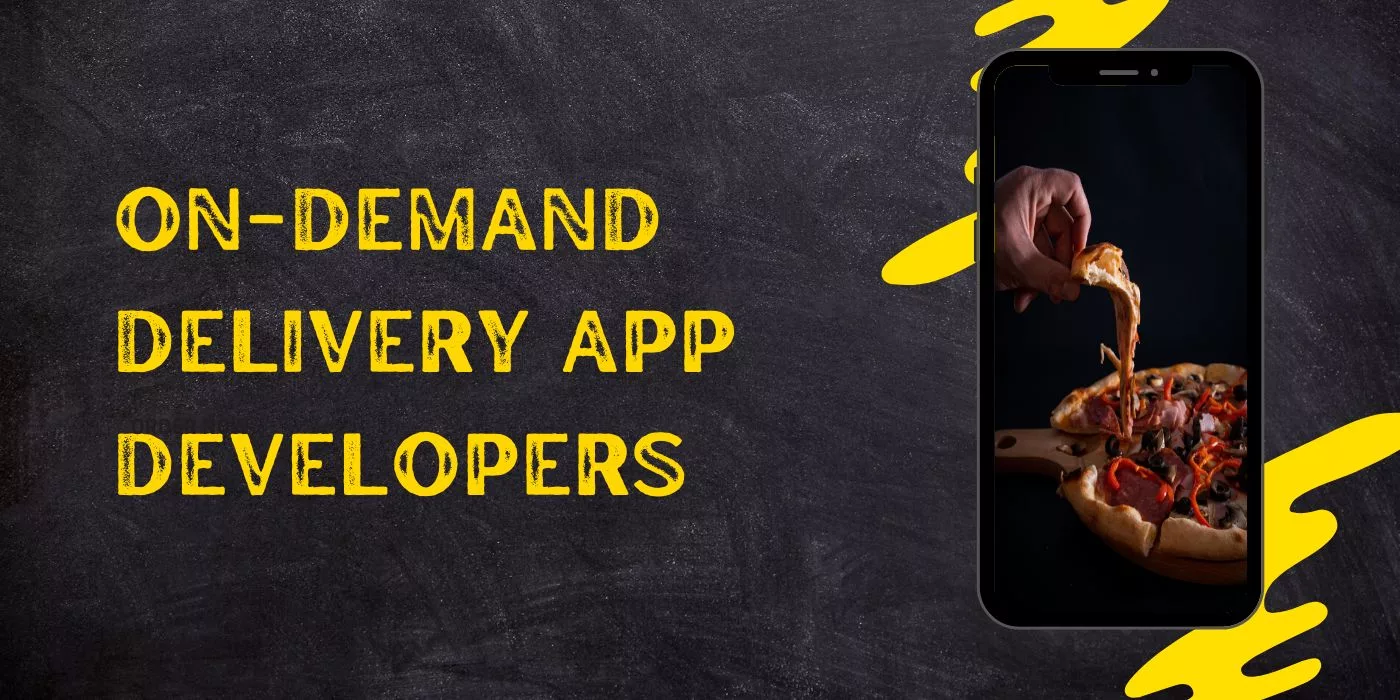
Leave a Reply